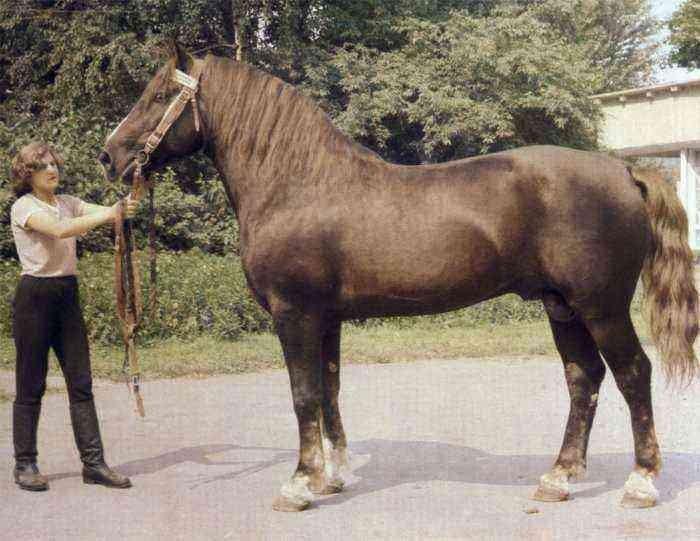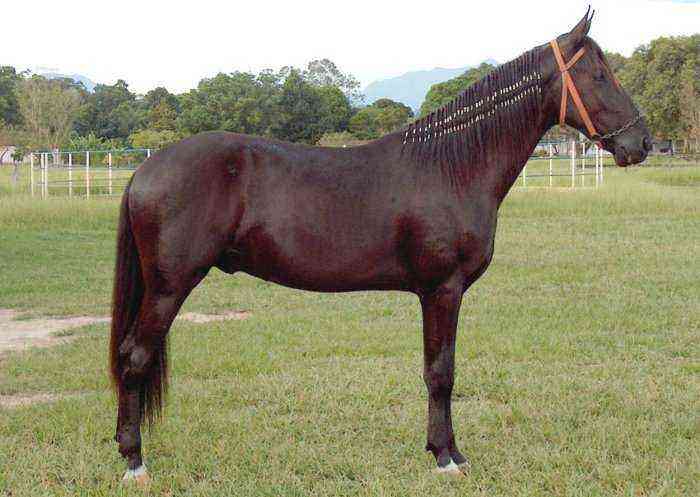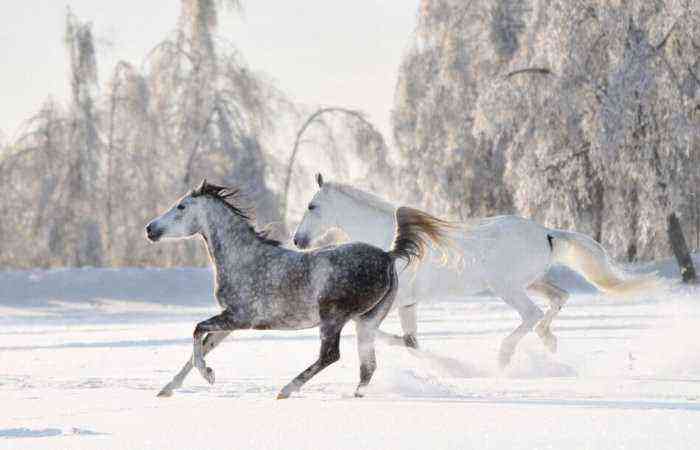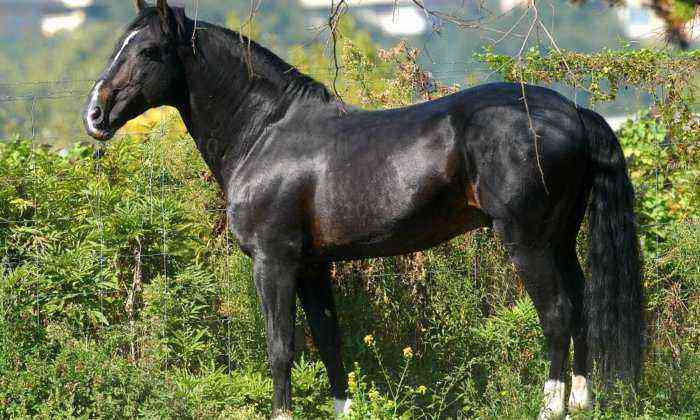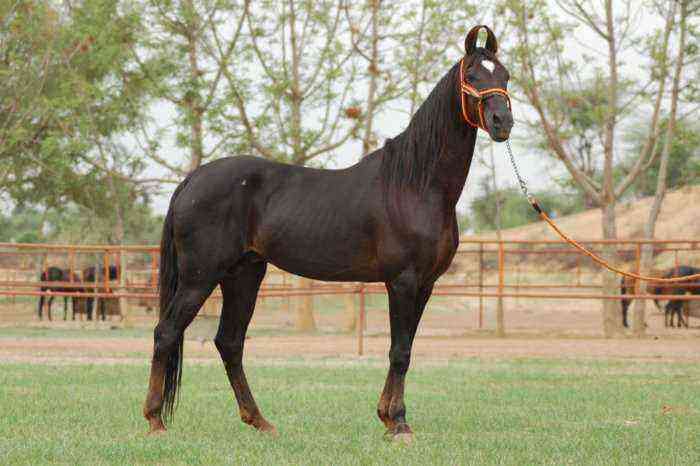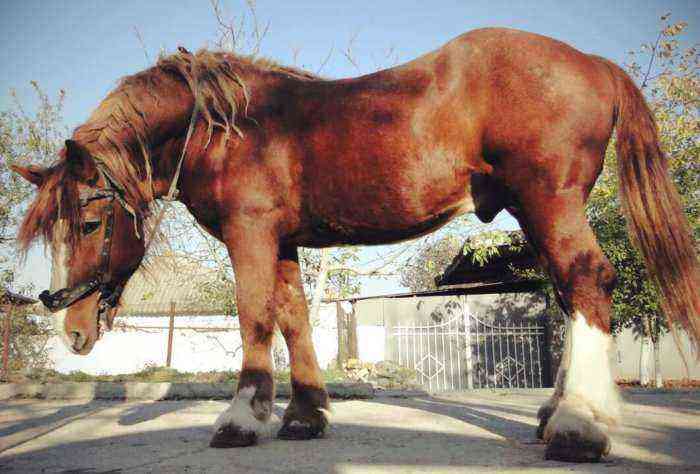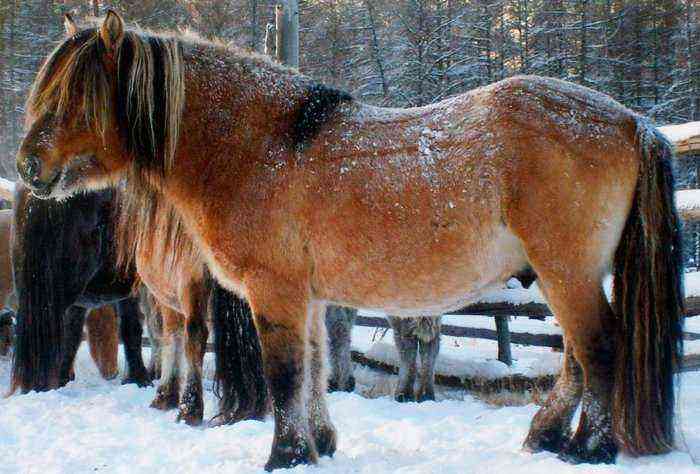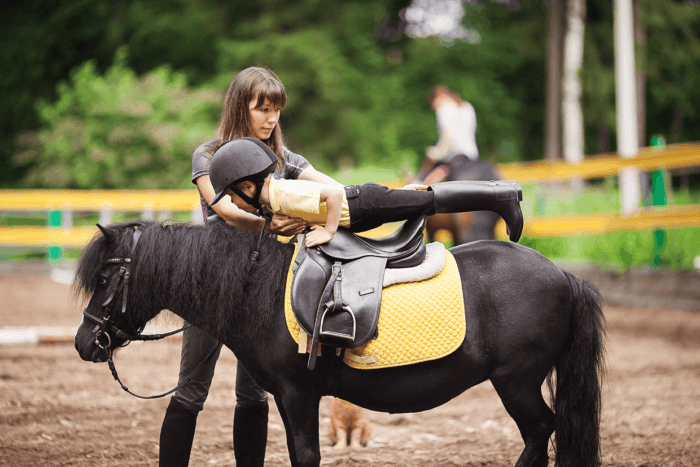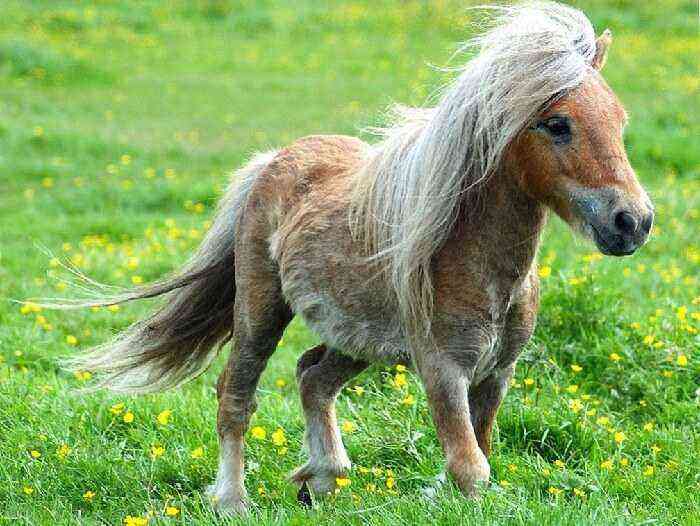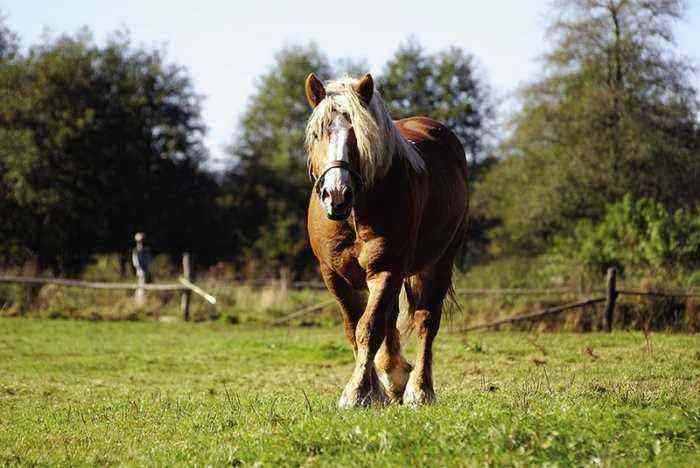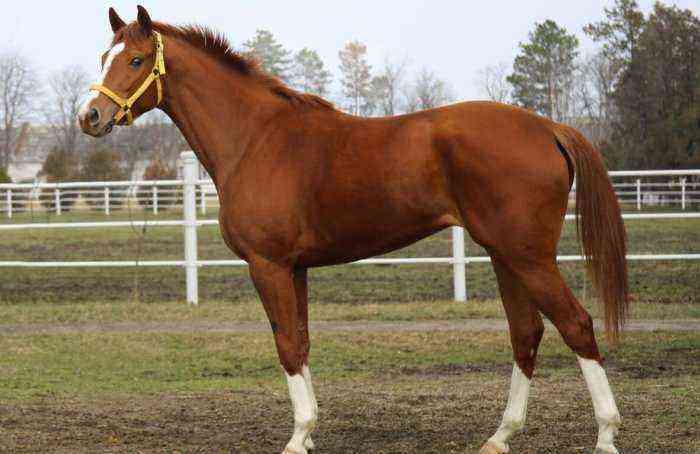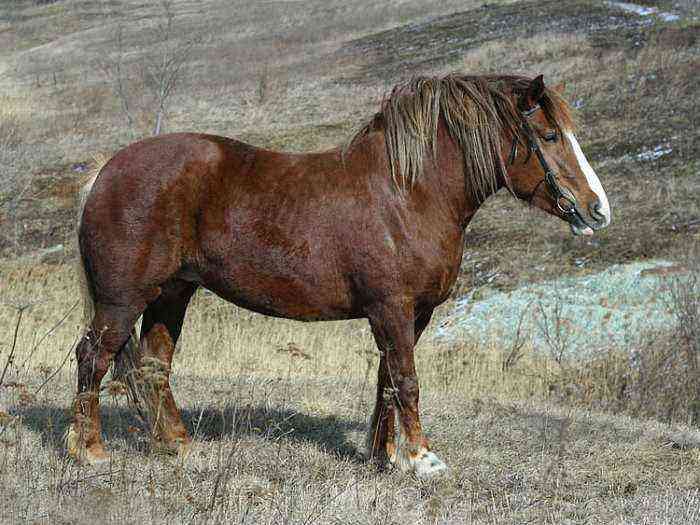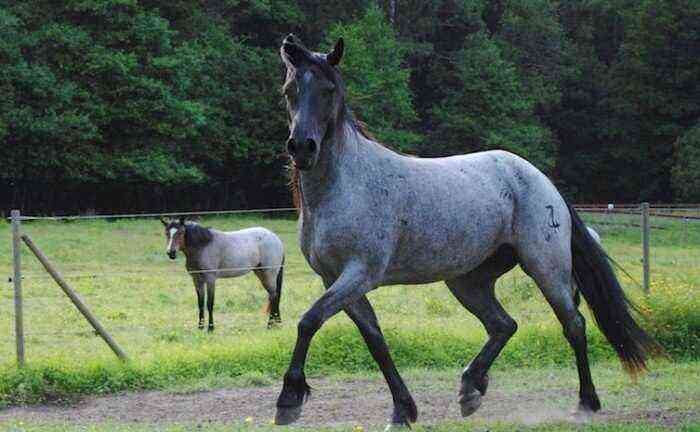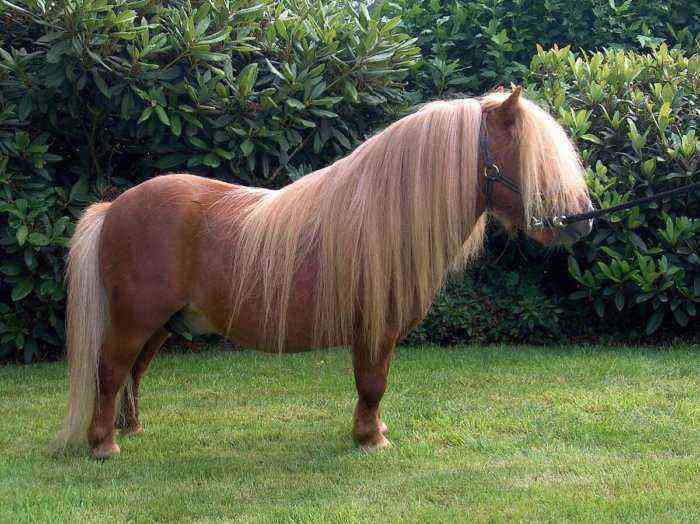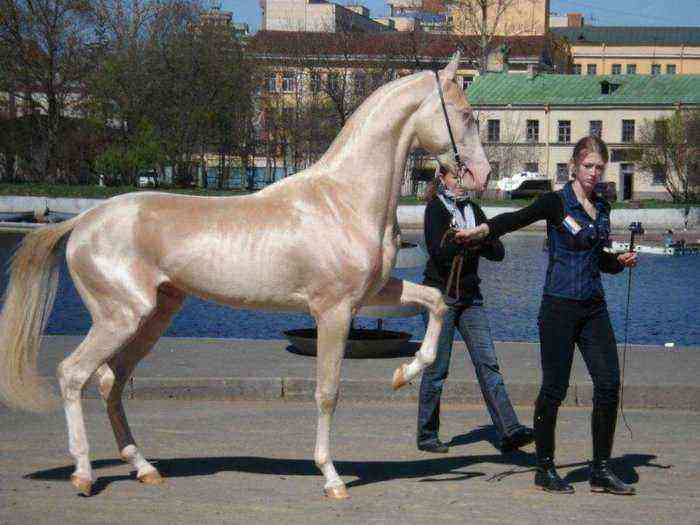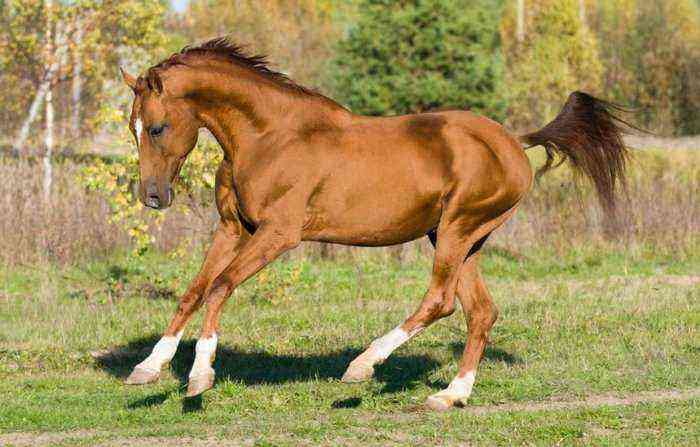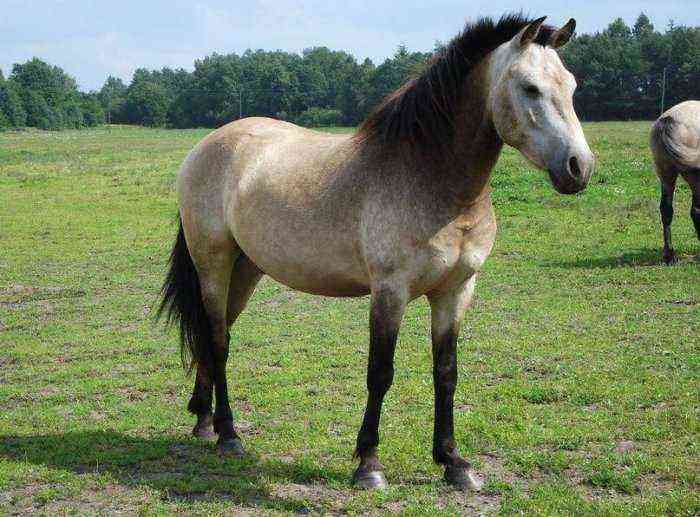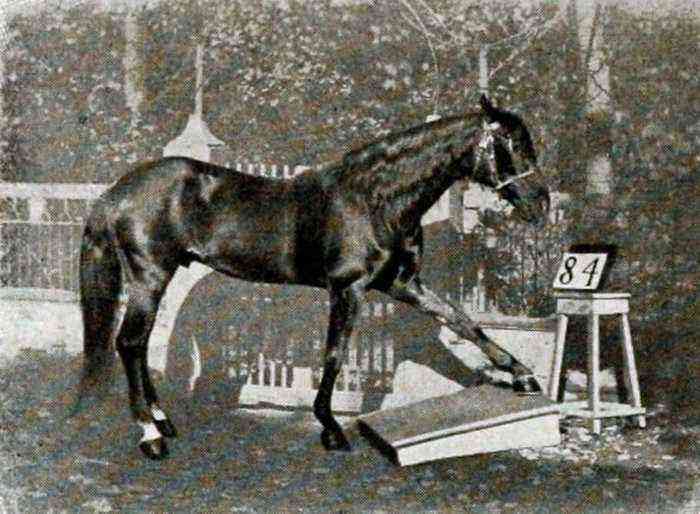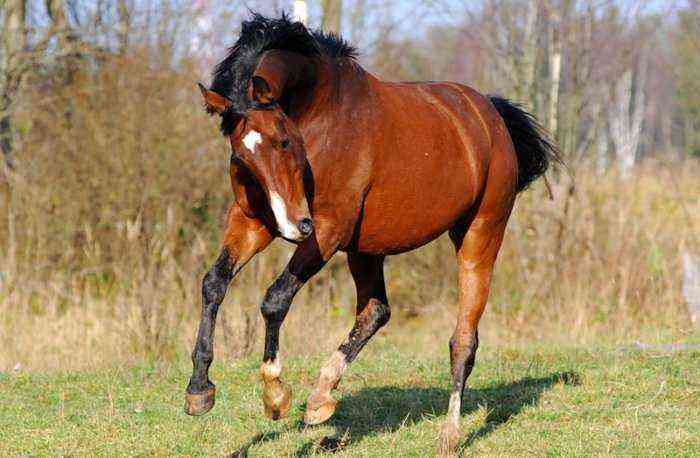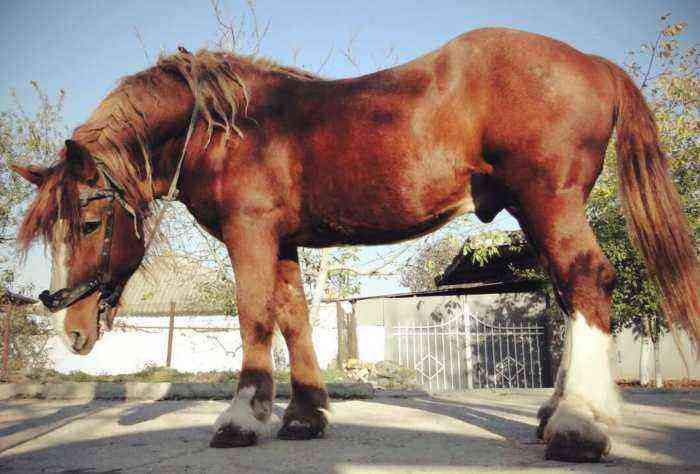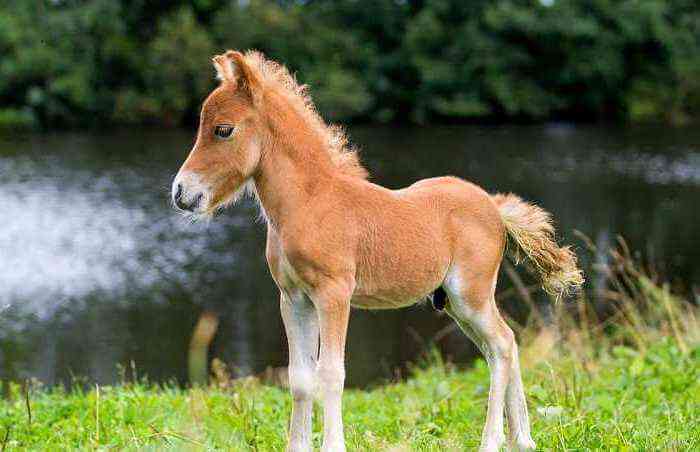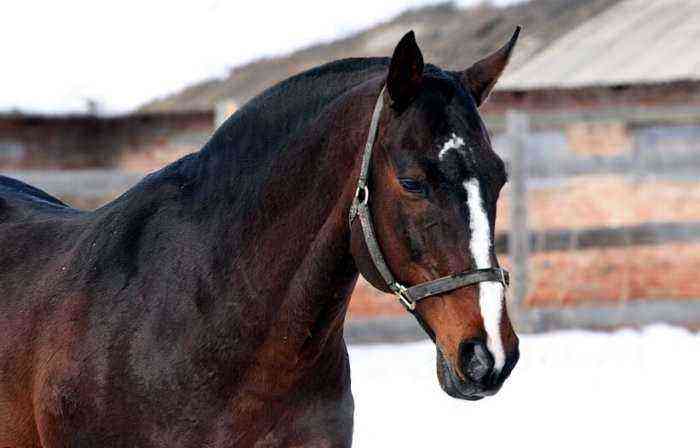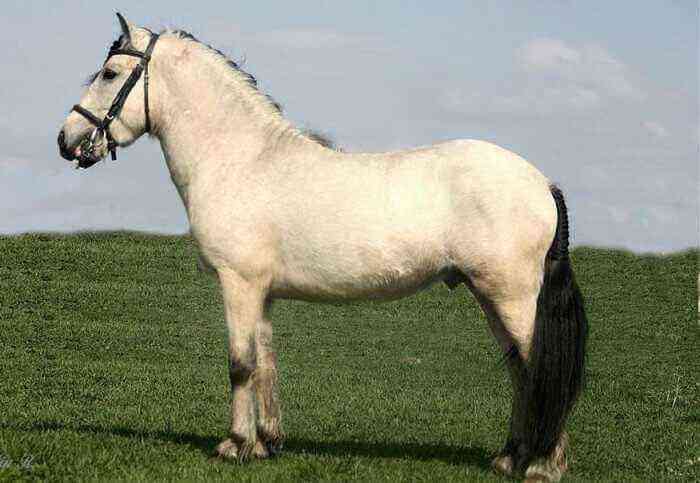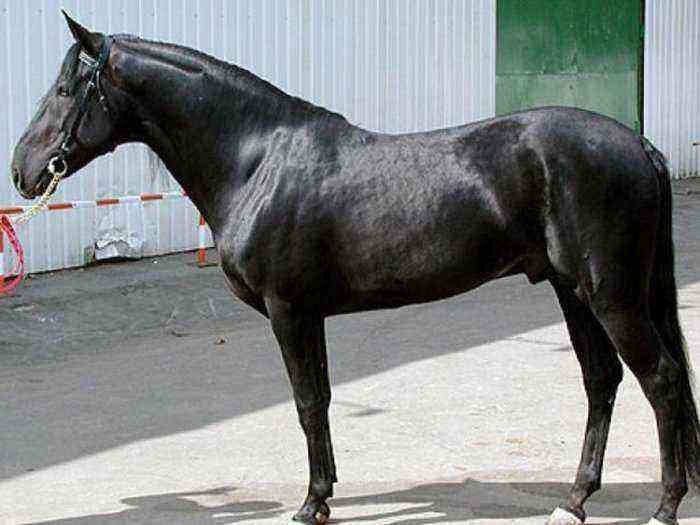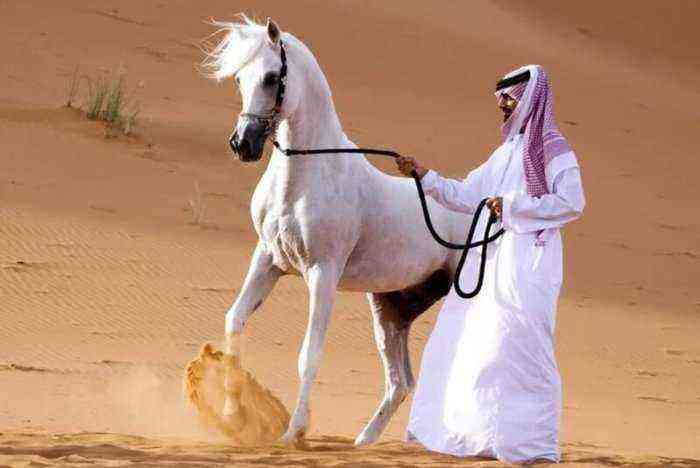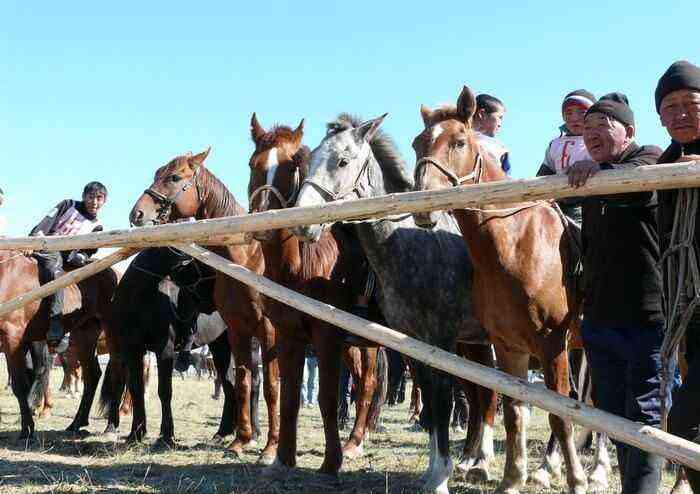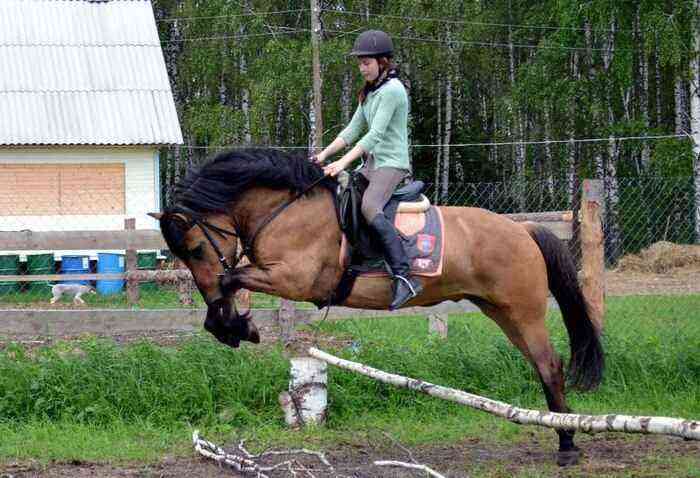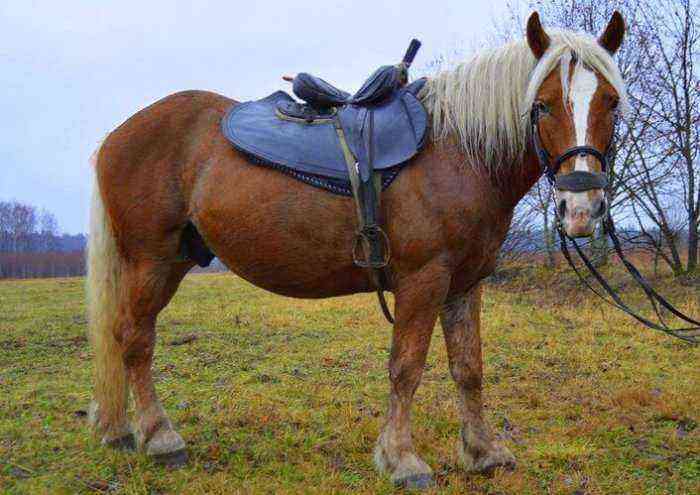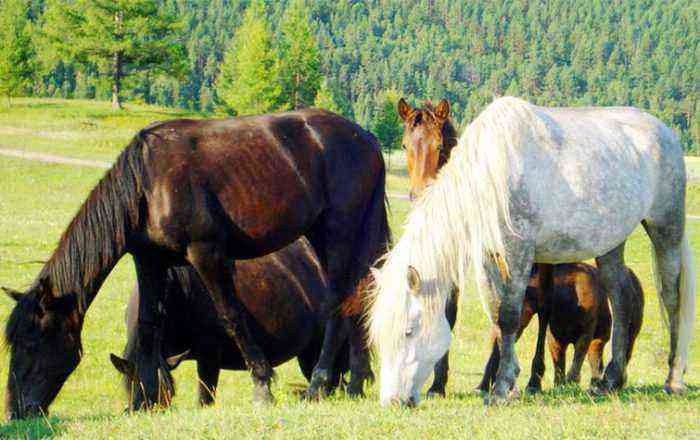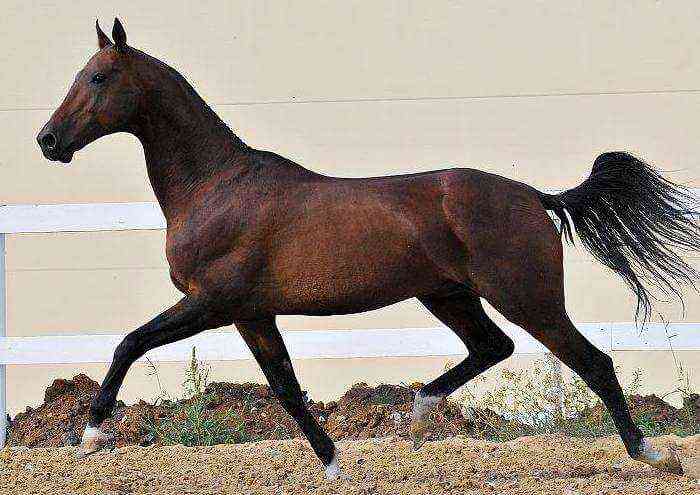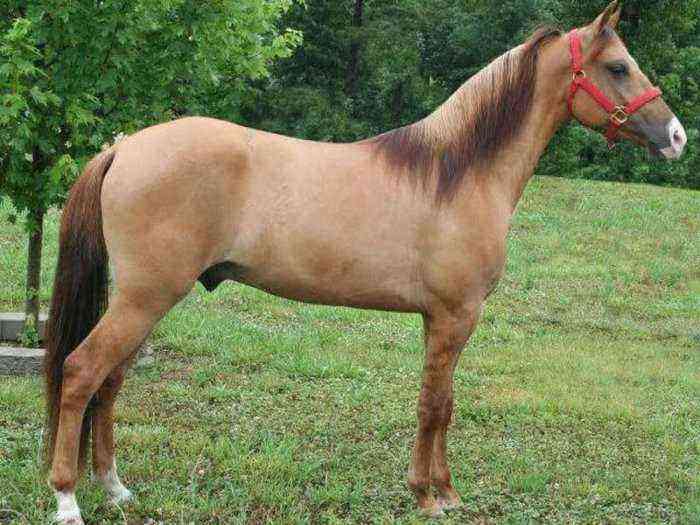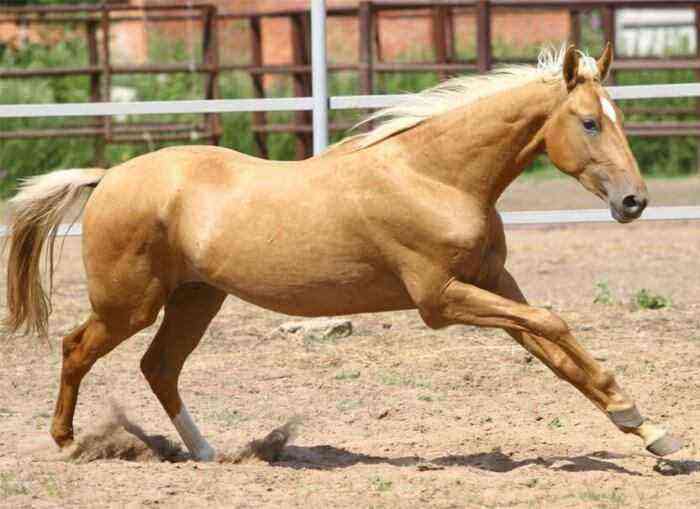Aboriginal breeds of horses were formed in the conditions of a particular region in the process of natural and artificial selection. In this regard, such animals are well adapted to the climate and type of relief of the territory in which the breed line appeared and improved. Of course, local breeds with their exterior and speed are significantly inferior to artificially bred riding horses. But, despite this, such living creatures are considered the pride of the people, next to which it developed, as well as an integral part of its culture.
Buryat breed
General characteristics of native horses
Despite the fact that several breeds of horses belong to the aboriginal at once, they all suggest a number of common points. Among them:
- strong build;
- high endurance;
- increased resistance to harsh climatic conditions;
- strong immunity;
- the fullest use of available pastures, including the ability to feed on the remains of vegetation from under the snow (for most local species);
- relatively low performance;
- high milkiness.
Also, late maturation should be attributed to the number of characteristic features of local horses. As a rule, such horses are used in work and for riding only when they reach the age of 5 years.
Certain common features can be traced in the appearance of native varieties. These include:
- heavy skeleton;
- rather low growth;
- long hair, mane and tail;
- stocky, knocked down body;
- deep and wide chest.
Reference. Today, representatives of native breed lines are often crossed with other breeds. Most often, popular riding varieties are used in this regard, individual heavy-drawn horses. They do this in order to improve the basic working and constitutional parameters of local breeds.
Breed overview
There are over ten different native breeds of horses. Moreover, their division is carried out on the basis of regional affiliation, as well as characteristic exterior features that have formed as a result of development in certain climatic conditions. All local varieties are divided into five main groups:
- Steppe.
- Northern.
- Mountain.
- Forest.
- Deserted.
Vyatka
Of the northern local breed lines, the Vyatka is one of the most popular. It appeared on the basis of the forest breed of horses, which in ancient times lived on the territory of the current Kirov region. The Vyatka horse became popular with the local population because of its speed, endurance and unpretentiousness. At the same time, the domestication of the breed further contributed to the development of its working and physical qualities.
Vyatka horse
The average height of a modern Vyatka horse is from 135 to 150 cm. The following are distinguished from the exterior features of the breed line:
- low withers;
- deep and wide chest;
- medium-sized neck;
- straight wide back;
- strong, well-muscled lower back;
- small, neat head;
- long dry legs.
The color of the Vyatka horses is most often savrasai or buckskin. Less common are individuals with gray, close to the mouse color.
Today, the number of Vyatka horses is gradually declining due to the lack of serious targeted breeding work. Such horses are grown within the Kirov region and on the territory of Udmurtia. To this day, these animals are used in agriculture and for transporting timber.
Buryat
Another ancient Russian native breed of horses is the Buryat. It appeared on the territory of the Buryat Republic, and subsequently spread to the territory of the Chita region.
Since the breed developed in the harsh conditions of Siberia, it is well adapted to severe frosts. Even at minus 40, the animal freely goes for a walk. Also of the advantages of living creatures can be called extraordinary endurance, strength and undemanding to the conditions of detention.
The growth of Buryat stallions, as a rule, does not exceed 135 cm. The mare grows up to 132 cm. Of the features of the appearance of animals, the following are the most characteristic:
- strong build;
- straight strong back;
- dry limbs;
- broad but shallow chest;
- heavy head;
- convex loin;
- long hair mane and tail.
Traditionally, Buryat horses are used for transporting goods and riding long distances, in which they show extraordinary endurance. These horses are bred in herds in open areas, only occasionally driven under simple sheds.
Bashkir
The Bashkir horse carries the features of both the northern and forest types of native breeds. She was taken to the territory of Bashkortostan. Among the Bashkirs, such an animal was highly valued and widely used in the economy. They are suitable for work in agriculture, for draft and riding, and also have high meat and dairy productivity.
The average growth of representatives of the breed does not exceed 143 cm. Of the exterior moments stand out:
- strong constitution;
- straight back;
- wide chest;
- large rounded croup;
- medium length neck;
- long head;
- dry feet.
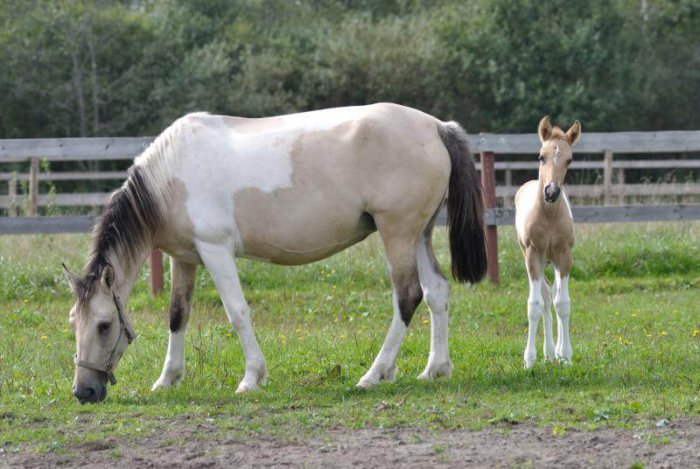
bashkir horse
The color of the representatives of the pedigree line is Savrasai, dun or bay. Sometimes a completely red color is also found.
The main breeding area for such horses is still concentrated in Bashkortostan. But a certain livestock is also kept in the Chelyabinsk, Perm, Sverdlovsk regions. Here they are used in selection work.
Yakutskaya
These squat, strong animals are distinguished by increased resistance to frost, as well as good immunity and endurance. They are unpretentious to the conditions of keeping and feeding, but with the proper diet, mares give high milk yields.
The average height of stallions is 137-139 cm. These horses are characterized by:
- knocked down rectangular body;
- straight back;
- deflated croup;
- deep chest;
- short wide neck.
The color of the living creatures is gray or savrasy. Horses are energetic and lively. Today, when breeding a breed, only intrabreed selection is practiced.
Altai and Novoaltayskaya
Altai horses are representatives of the mountain type. Since ancient times, they have been grown on the abundant mountain pastures of Altai. Moreover, such conditions largely influenced the constitution of animals. They are distinguished by squatness, small size, slightly elongated body and strong legs with developed tendons.
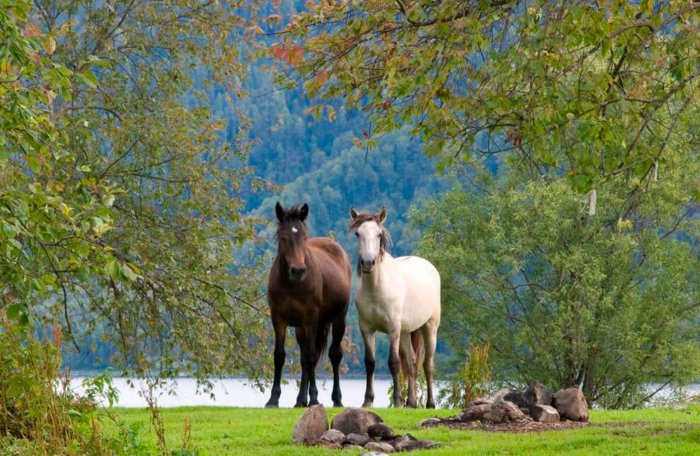
Altai horses
Such a physique is most fully suited to living creatures for moving along mountain trails. Also among the advantages of Altai horses is endurance, agility and unpretentiousness in terms of feeding. Altaians are used for transporting packs, draft and horseback riding.
Reference. In 2000, on the basis of ordinary Altai, an improved Novo-Altai breed line was bred. At the same time, the breed standard was supplemented with the blood of English riding and oriental horses.
Priobskaya
The Ob horses were bred on the territory of the Tyumen region by the peoples of the Khanty and Mansi. Animals are well adapted to herd breeding. Also, due to their high endurance, they are widely used in agriculture and for sledding.
The features of the appearance of the breed include:
- elongated back without bending;
- deep chest;
- squat body;
- short strong legs.
The growth of the Ob stallion is 136 cm. The mare grows only up to 132 cm.
It is also worth noting that mares of this breed line are often assigned to koumiss farms, as they give large milk yields.
Karabakh
Horses of the Karabakh breed are natives of Azerbaijan. These animals were bred by the local population around the XNUMXth century for work and movement in mountainous conditions. As a result of intrabreed selection, such horses have acquired excellent endurance, as well as agility, allowing them to easily move with a rider on their backs, even along narrow paths.
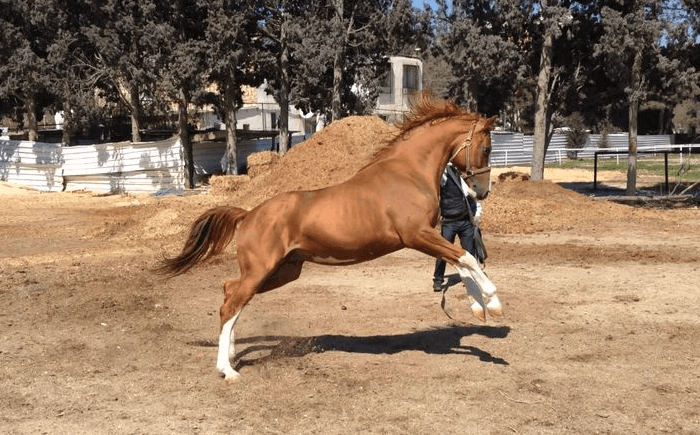
Horses of the Karabakh breed
It should be noted that by the beginning of the XNUMXth century there was a rather large population of purebred Karabakh people. But after the war, they practically disappeared from the region. Local breeders tried to revive the breed by adding the blood of Arab and Terek horses to it, but they failed to restore the former purebred exterior of the Karabakh horses.
Karabair
Karabair horses have been bred by the population of Uzbekistan since ancient times. In their appearance, they strongly resemble the Arabian and Persian breeds, the stallions of which were used for crossing with local mares.
The main advantages of the pedigree line include:
- high endurance;
- the ability to quickly move through mountainous areas;
- graceful exterior;
- the presence of a special gait, which is called the yurga.
Depending on the characteristics of the physique and the intended purpose, all Karabair horses are divided into two types. The lungs are used for riding on mountain trails. Heavy ones are used as draft force.
Kostanay
The Kustanai breed line of horses was officially registered in 1951. Her homeland was the Kustanai region of Kazakhstan. Here, local breeders tried to improve the quality of native horses by crossing mares with stallions of the Don and Streltsy breeds. The purpose of this crossing was to accelerate growth and improve the speed and endurance of animals.
As a result, it was possible to obtain horses that are well suited for riding and draft riding. They are distinguished by a strong, muscular, but dry body and strong legs.

Kustanai breed line of horses
Pechorskaya
The formation of the Pechora breed was greatly influenced by Mongolian horses. The breed was formed and developed within the boundaries of present-day Moscow and the Moscow region. The ancestors of these animals lived on the banks of the Pechora River, from which they got their name.
The growth of stallions of this breed, as a rule, does not exceed 144 cm. The following are distinguished from the physique of the animal:
- strong straight back;
- deep chest;
- convex loin;
- rough head.
The color of the horse is caracal, black or bay. They are bred in the warm season on pasture, and in winter in the stables.
Mugalzharskaya
Mugalzhar horses have been known in Kazakhstan since the time of the first nomads. Their history is closely intertwined with the history of the local population. But, despite such a long history, the Mugalzharskaya was officially registered as a separate breed line only in 1998.
This animal is distinguished by a strong squat body with well-developed muscles, a massive neck and strong legs. The weight of stallions sometimes reaches 600 kg. The main distinguishing features of the animal are high endurance, efficiency and the ability to pull heavy teams for a long time.
Azerbaijani
Such horses presumably developed by crossing individual local varieties of horses with Persian and Karabakh stallions. More specific facts from their history have not been preserved to date. It is only known that for their exterior, speed and endurance, these animals were highly valued in the cavalry of Syria and Iran.
The appearance of the horse suggests the following features:
- height within 144-145 cm;
- flat wide back;
- well-developed muscles in the chest area;
- long strong legs;
- Long neck.
The breed also includes a subspecies of the deliboz, which are used exclusively as pack animals and have a leaner build.
Kushumskaya and Adaevskaya
Both listed varieties are bred in Kazakhstan. Kushumskaya is one of the riding horses. She was bred by local breeders on the basis of native outbred horses and Don stallions. As a result, it was possible to significantly improve the driving qualities of the original breeds, as well as maintain the high milk productivity of the original variety.

Kushum horse breed
Adaev’s horses are a little faster and more enduring than Kushum’s. They also excel at riding. But they are also used to obtain milk and meat. A pedigree line appeared based on the crossing of local outbred animals with Turkmen stallions.
Conclusion
Today, despite the emergence of a large number of new, artificially bred breeds, native varieties of horses are still popular. They are widely used in agriculture, for crossing difficult mountainous areas, for riding and transporting goods. Such breed lines are perfectly adapted to the conditions of the region in which they developed, and, of course, are the pride of the peoples living in it.

